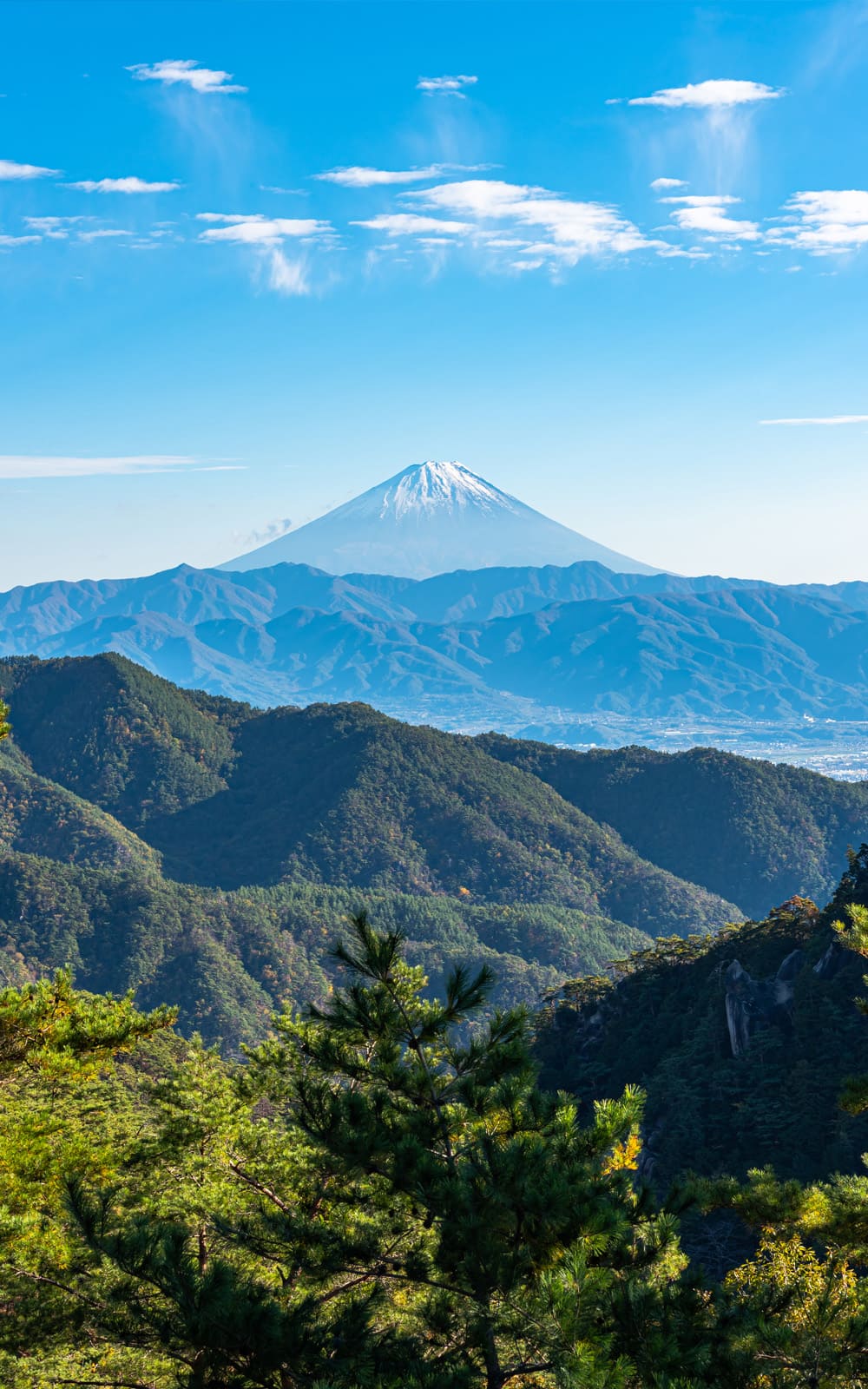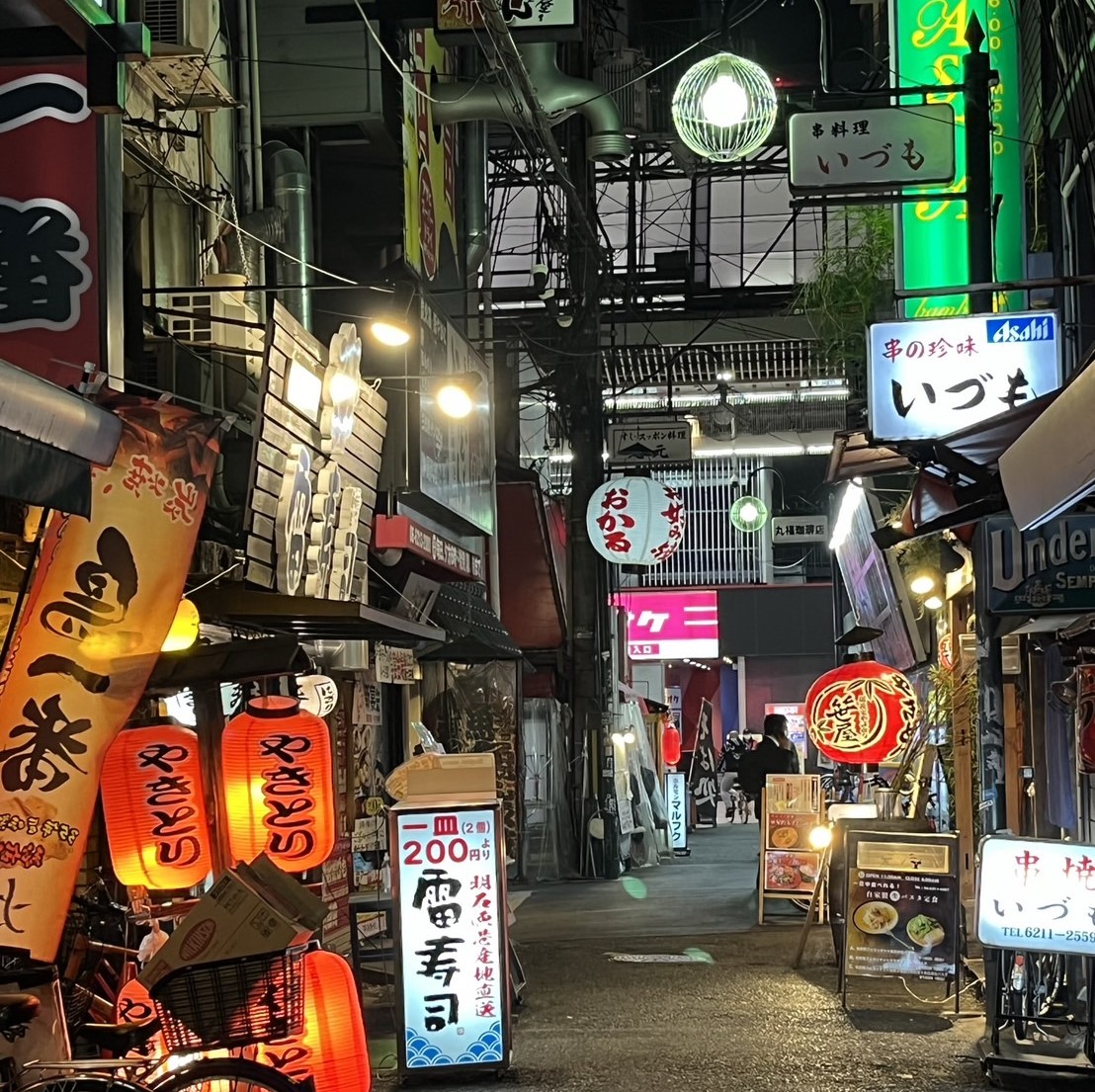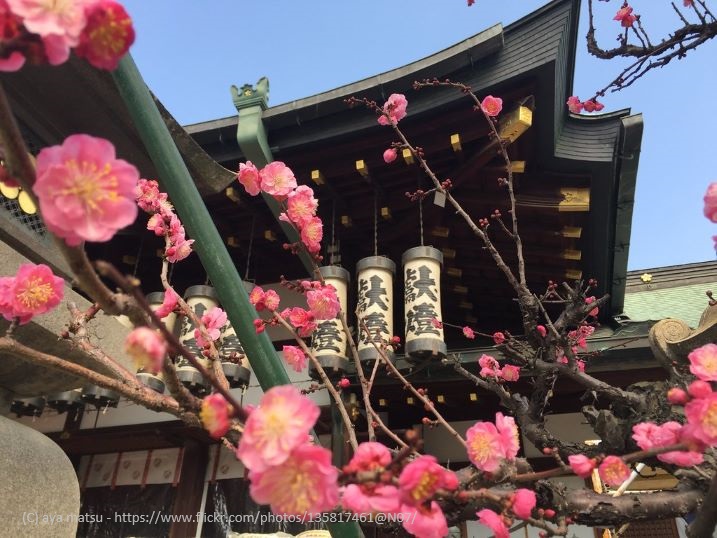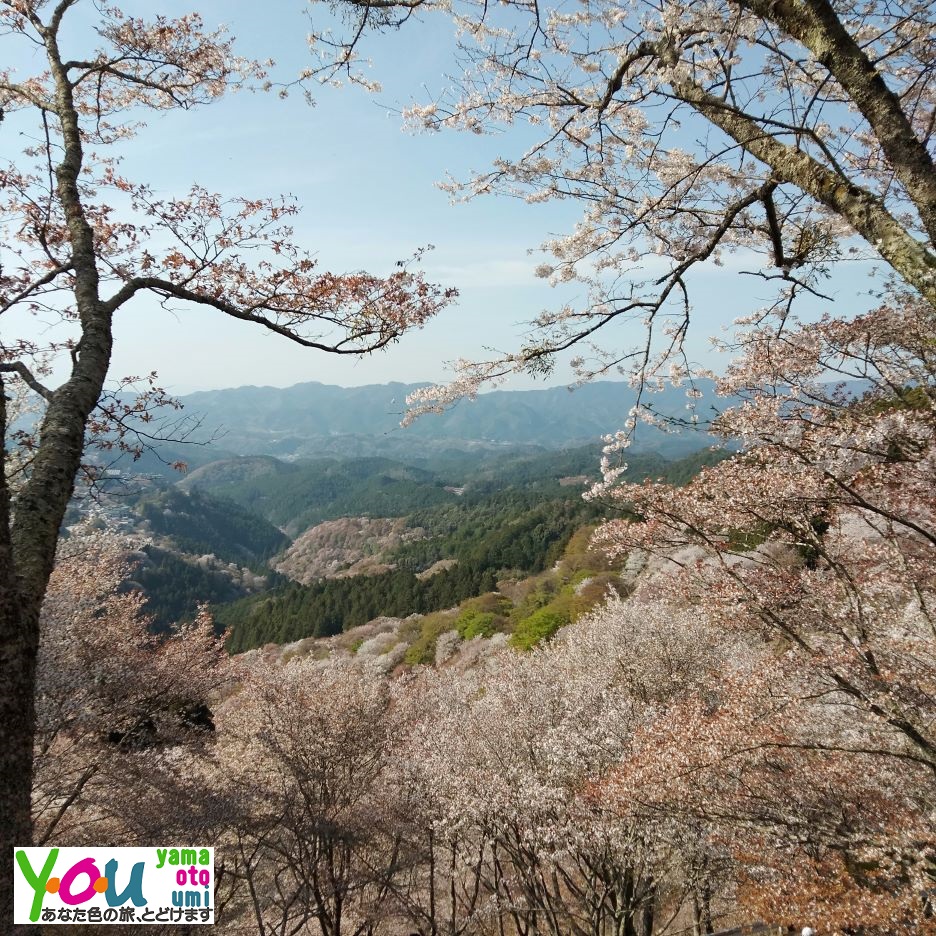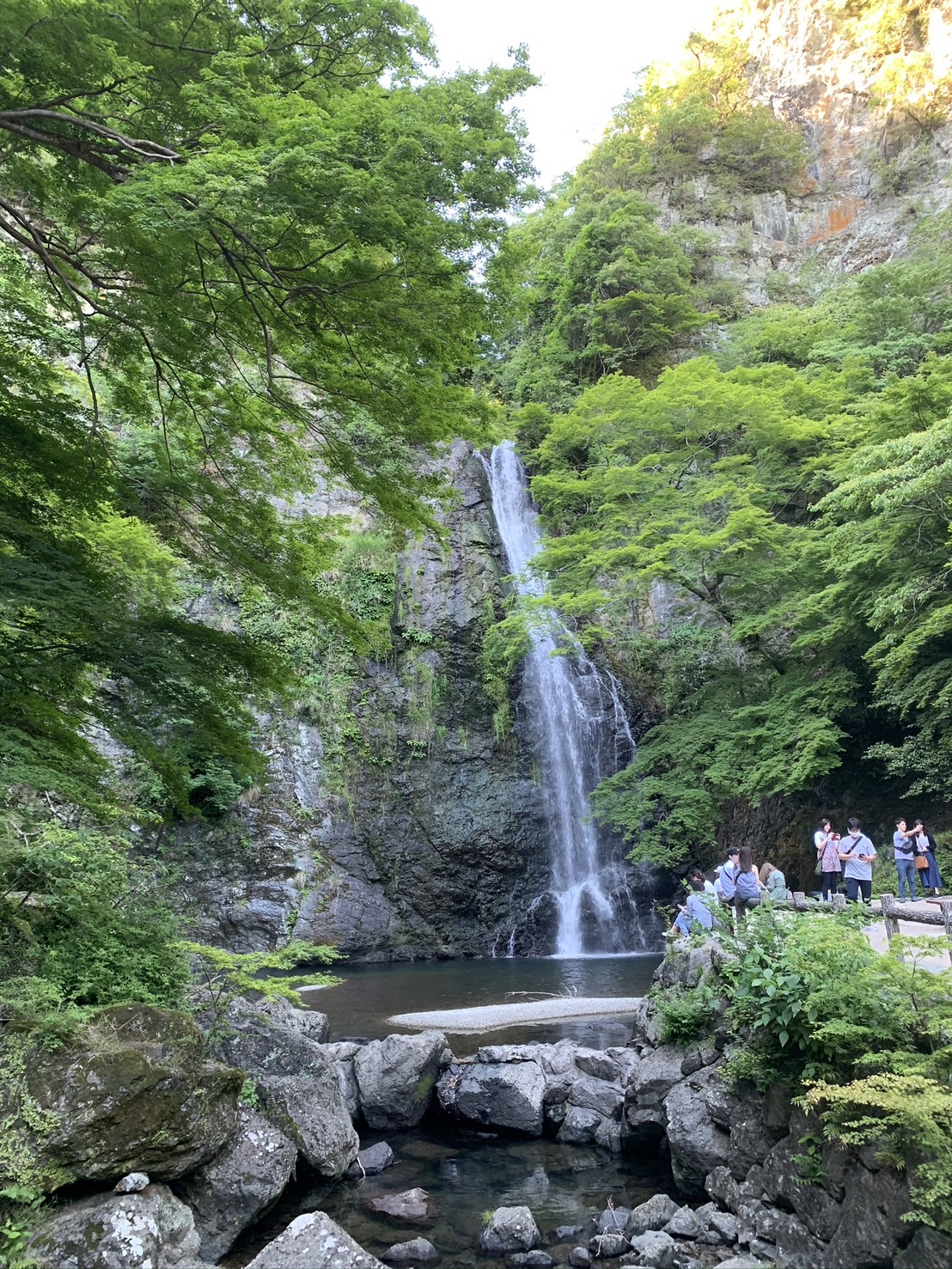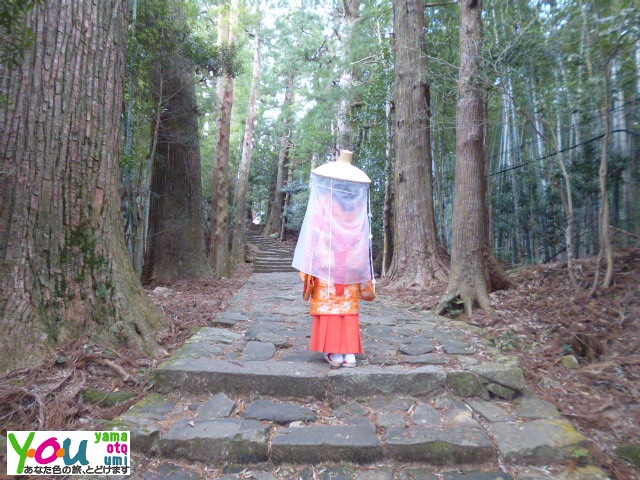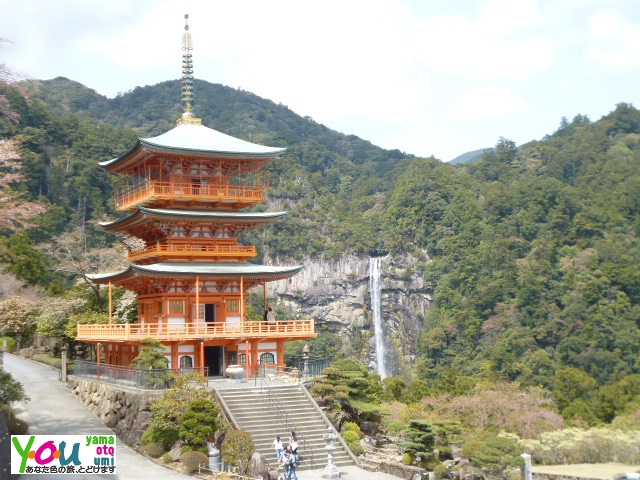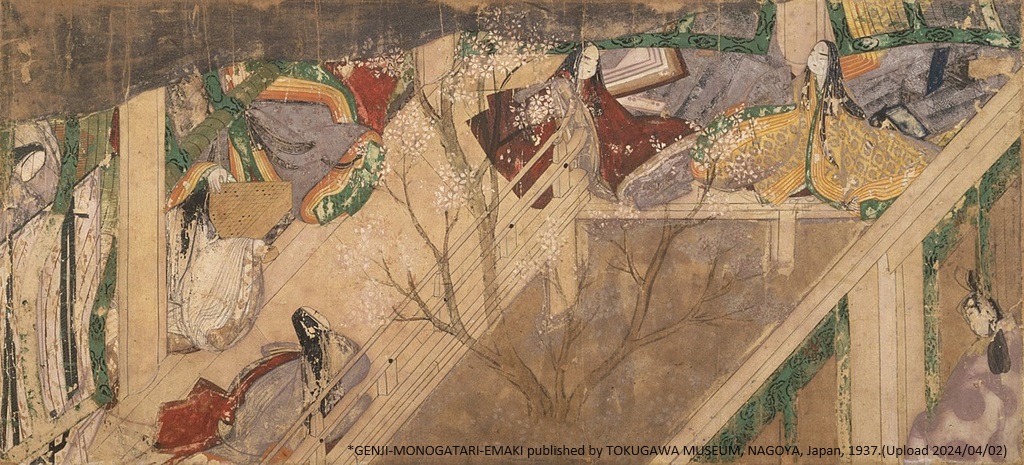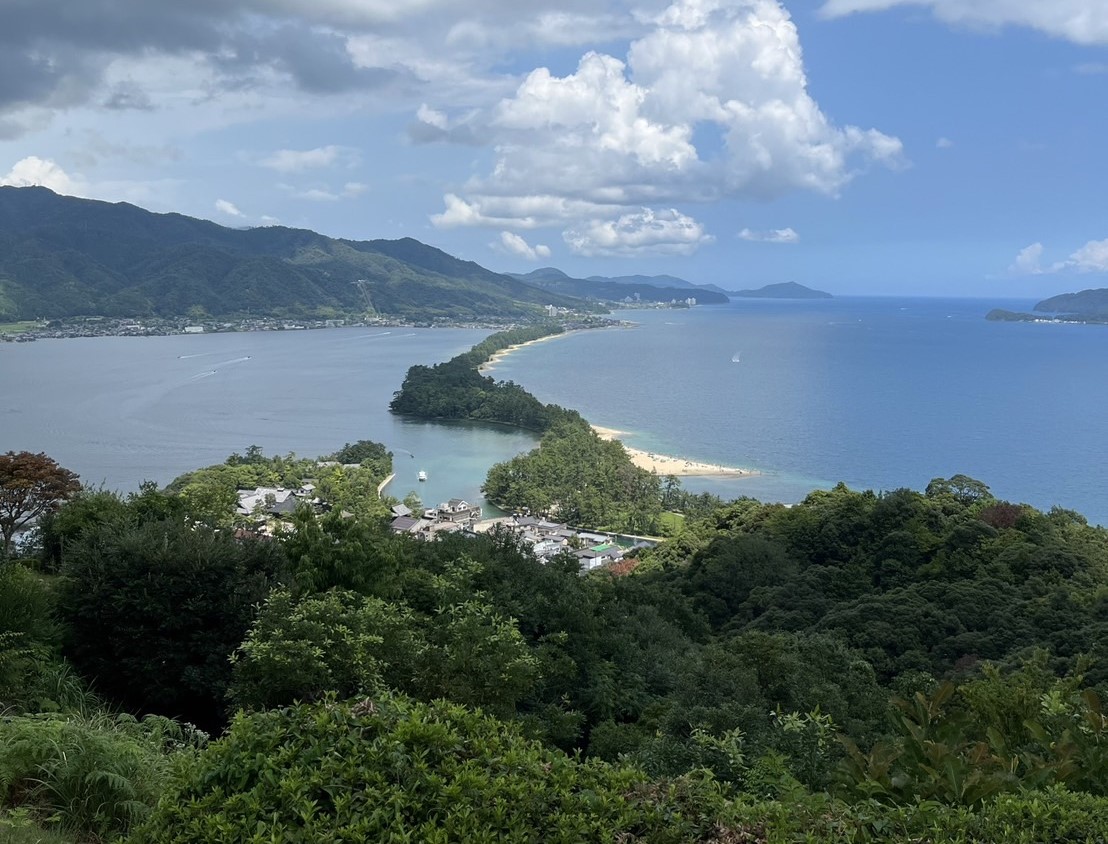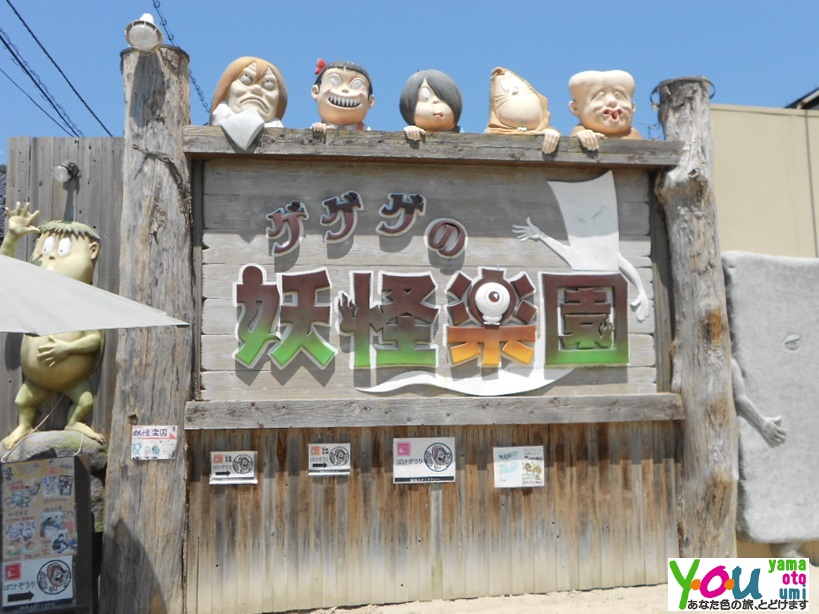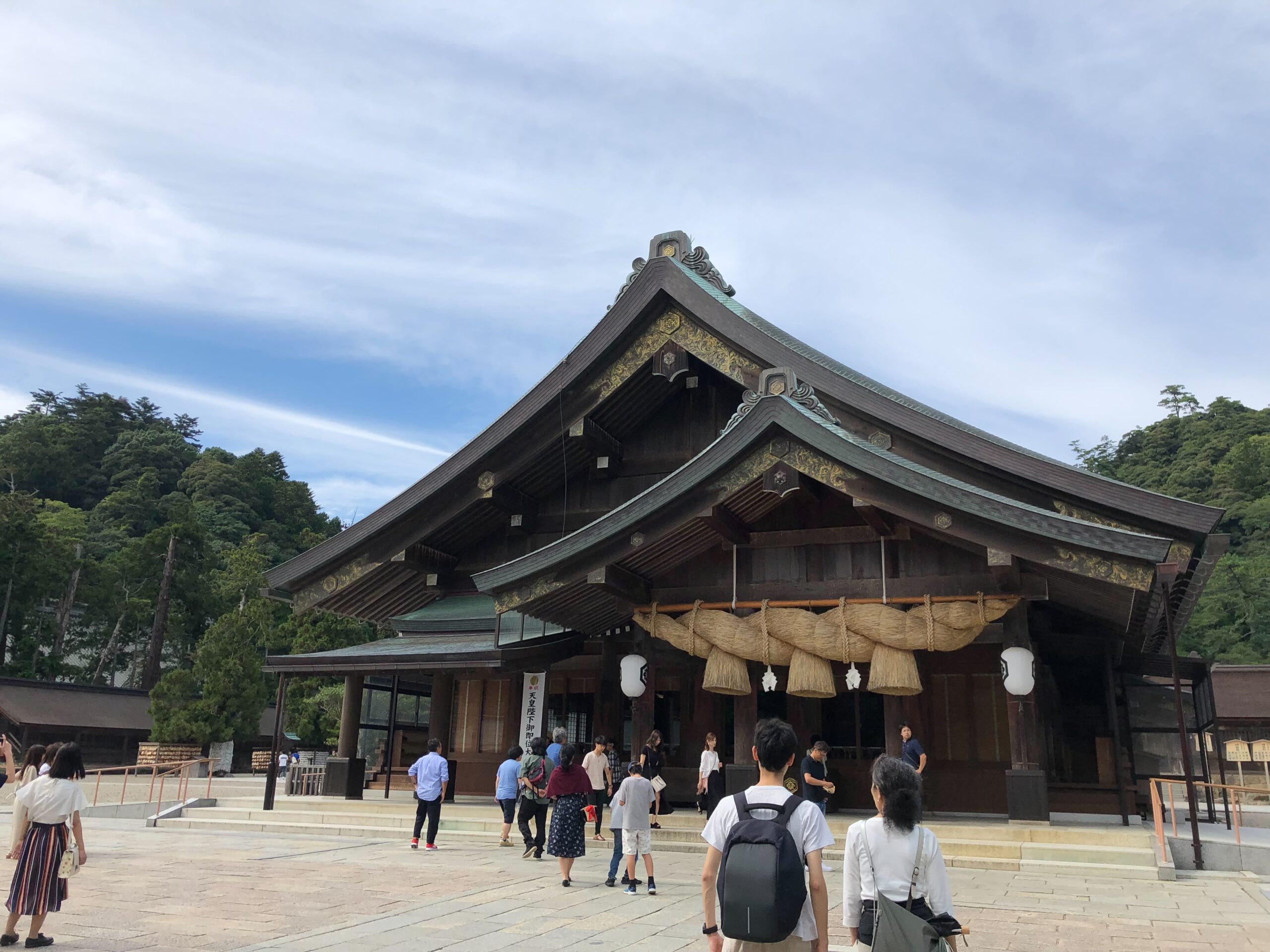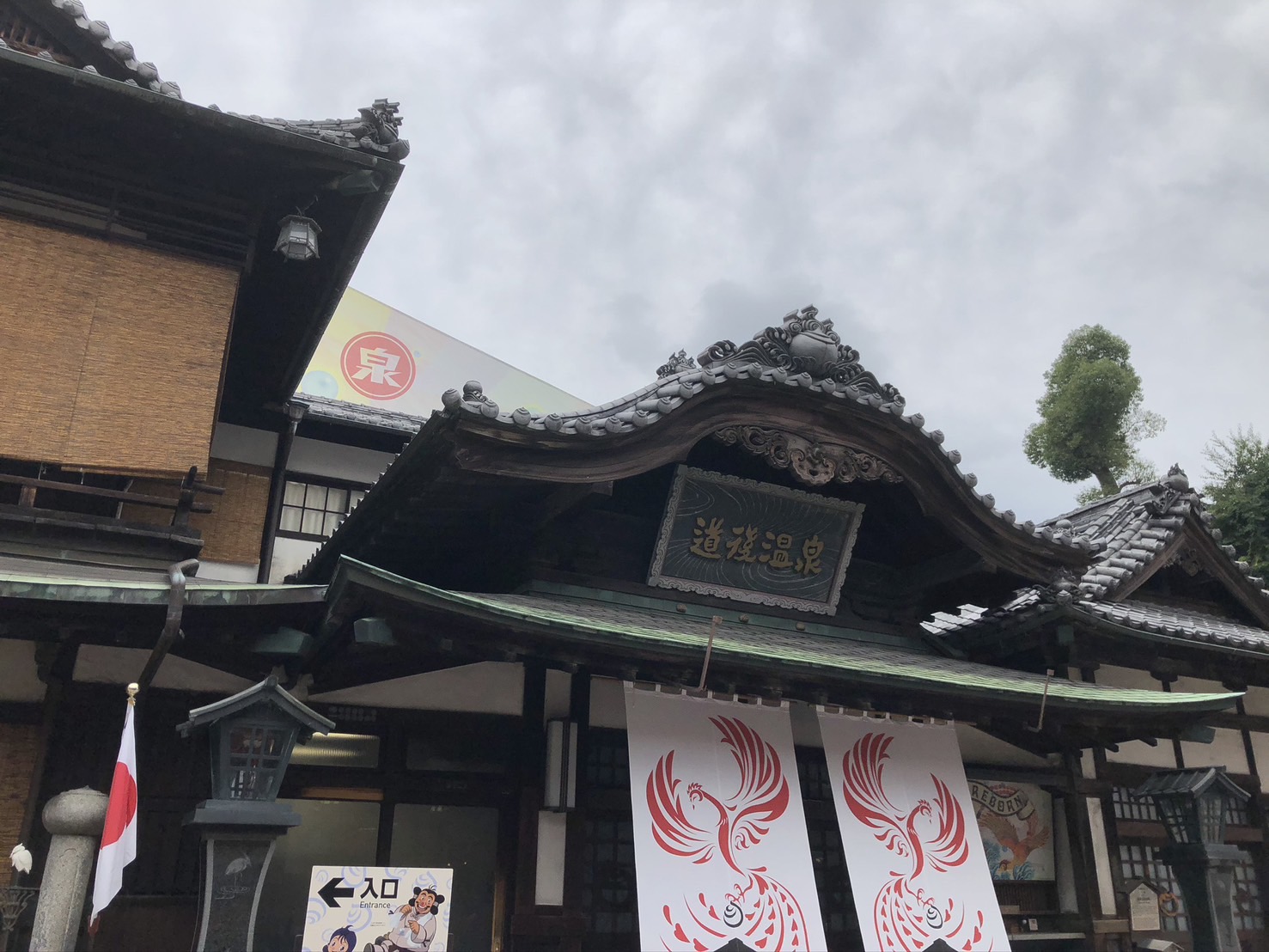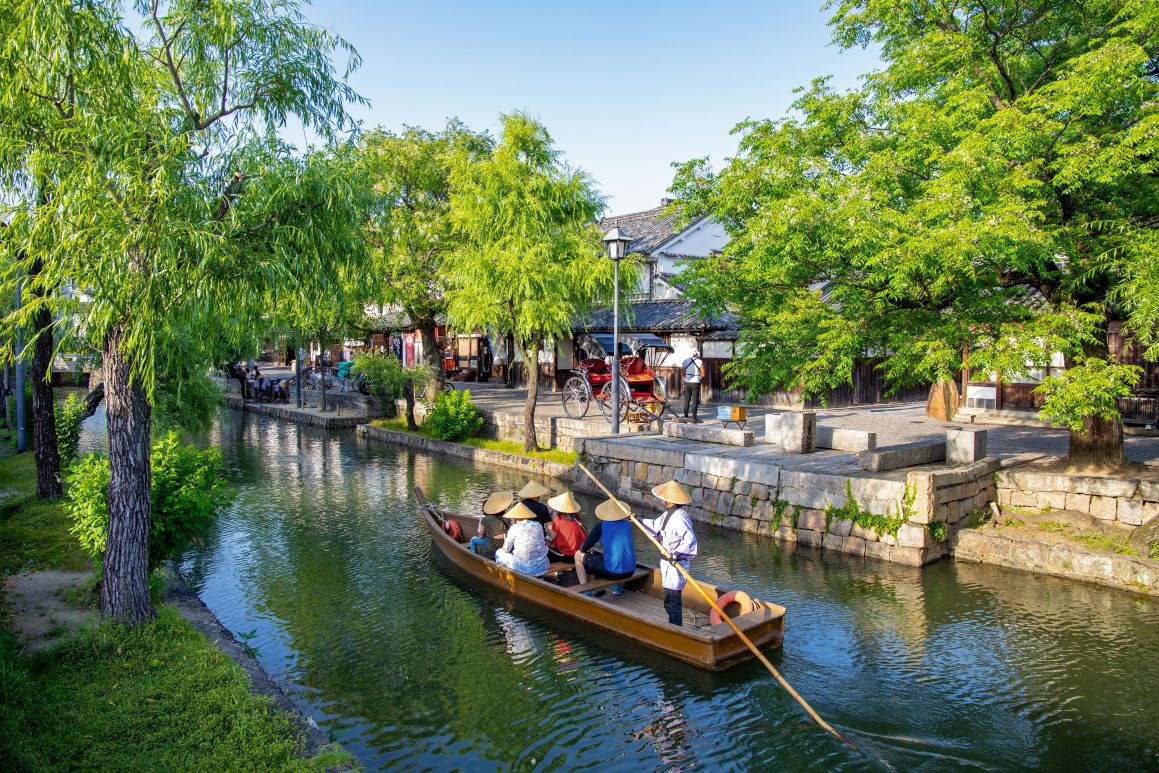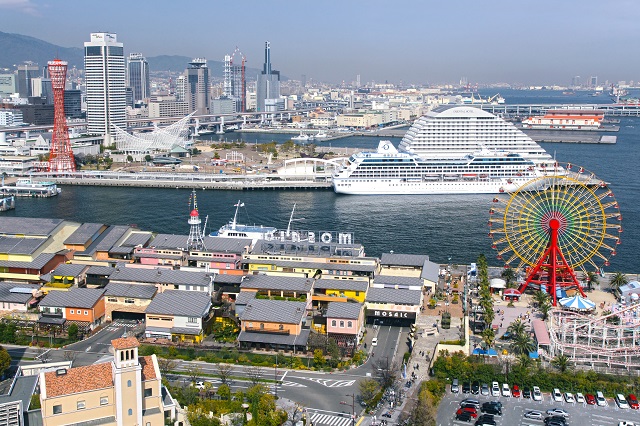Tour Overview
- Tour Period
- On request
- Minimum number to run the tour
- 2(two) persons
- Tour price
- go to Inquiry
Price includes
- Transportation
- Comfortable car/bus during the tour, Train ticket
- Accommodations
- 20 nights in 3 or 4 star class hotels, a room with private shower/toilet
- Meals
- 20 breakfast, 1 snack, 17 dinner according to the itinerary.
- Tour guide
- Full-time English speaking Japanese guide
- Entrance fee
- Entrance fee for the places mentioned above.
Price excludes
Airfare to:from Japan / Single room supplement / Meals not written on the itinerary / drinks / Tipsfor tour guide and driver / Personal Insurance and expenses
Remarks
- If the minimum number of participants is not met by 21 days before the scheduled date, or due to other operational management circumstances, the tour on that date may be canceled.

